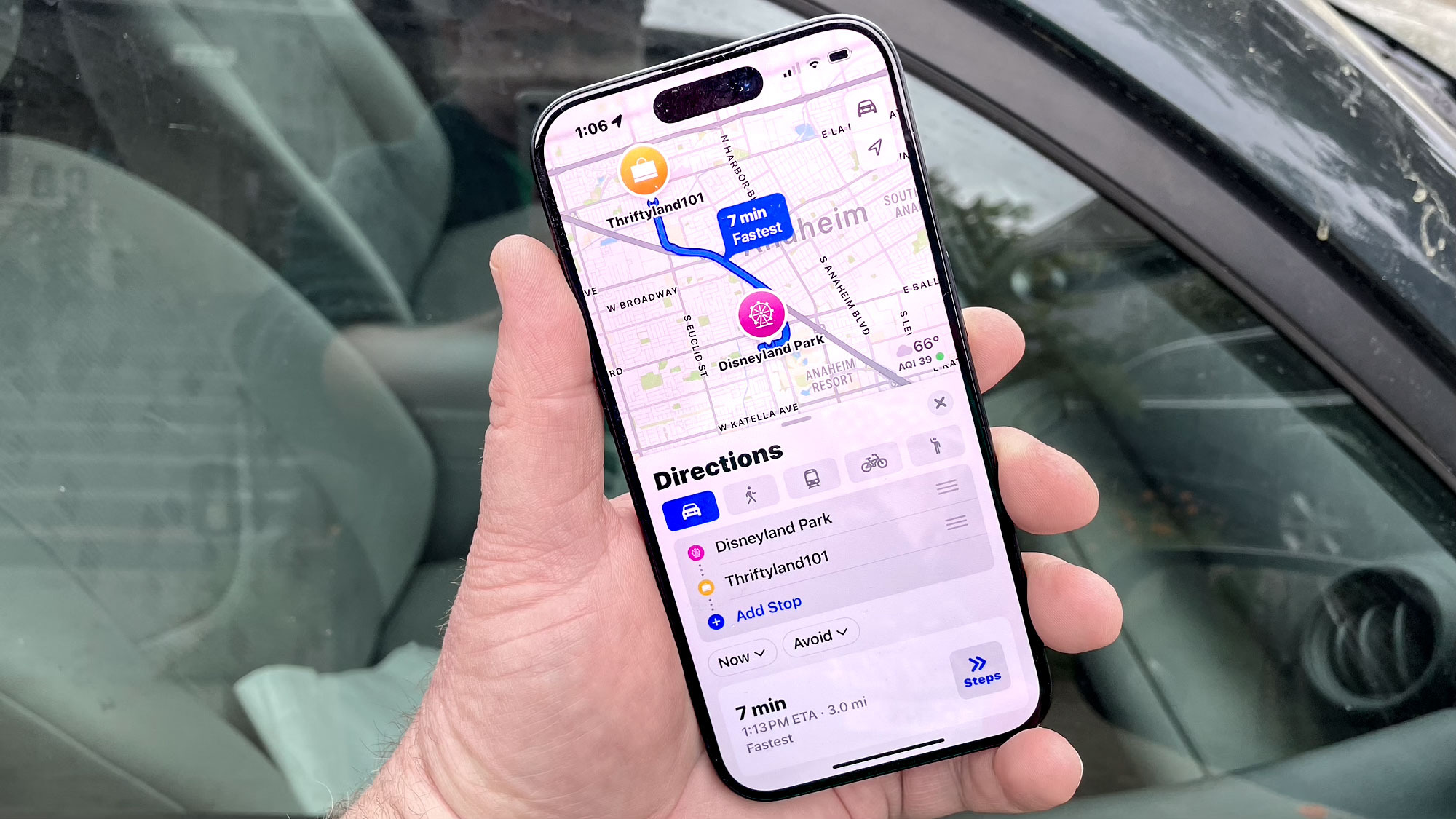Samsung Galaxy S22 — 5 reasons to buy and 3 reasons to skip
Here's why the Galaxy S22 is a great phone to get right now, and why you might want to hold off on a purchase
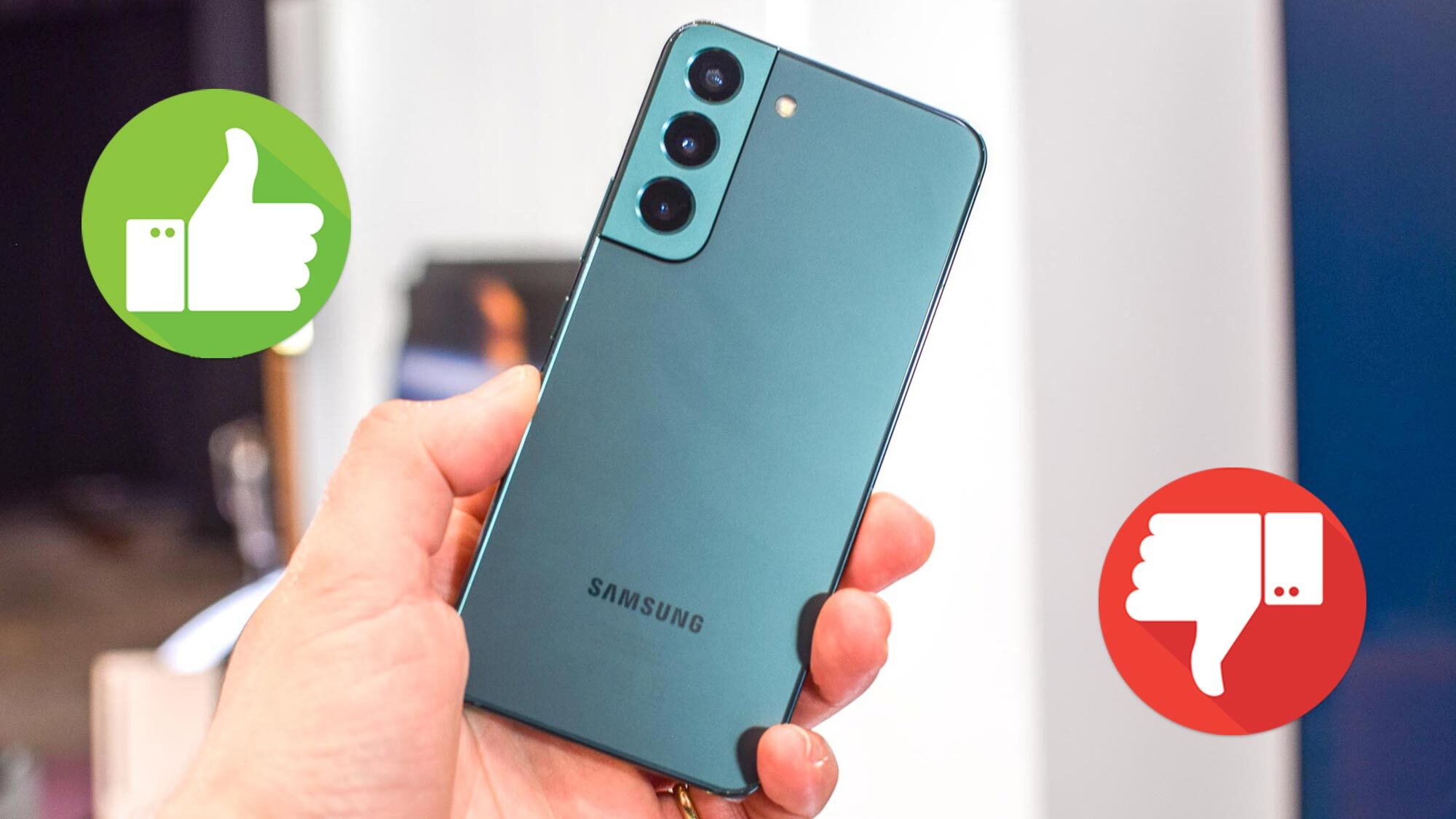
The Samsung Galaxy S22 has made its grand appearance, and Galaxy S22 deals are already cropping up in advance of the phone's February 25 ship date. But is the latest Samsung flagship worth buying?
On paper, the Galaxy S22 certainly makes a good case to be among the best Samsung phones. While it doesn't boast the same number of features as the higher-end Galaxy S22 Ultra, it's also not as expensive. And the features that are present in the Galaxy S22 — improved cameras, a brighter display and an improved adaptive refresh rate — are the sort of things you'd want to see in a new phone.
We're still evaluating the Galaxy S22 for a full review, but we've seen enough so far to know what this phone's strengths should be. Here's a closer look at the reasons you'll want to make the Galaxy S22 your next smartphone, along with a trio of reasons why you may wind up looking elsewhere.
Samsung Galaxy S22: Reasons to buy
The Galaxy S22 cameras are better
We're still in the process of testing out the Galaxy S22 and Galaxy S22 Plus cameras — Samsung uses the same triple camera array on both models — but the early results are encouraging. The 12MP main sensor on the previous Galaxy S flagships has made way for a 50MP wide angle lens. The sensor is 23% larger than the one in the Galaxy S21 to let in more light and Adaptive Pixel technology bins pixels together to highlight more details.
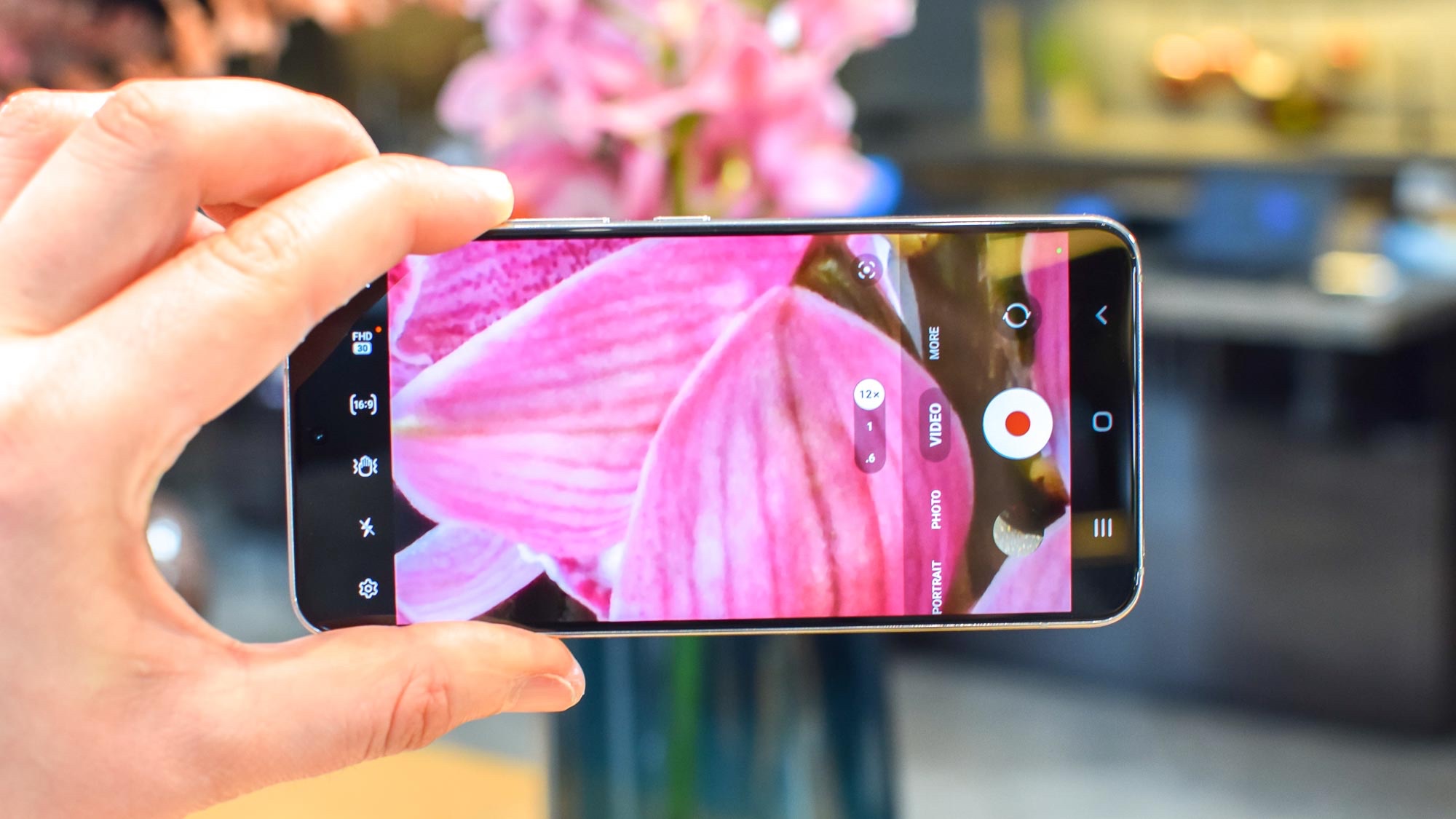
Those changes feed into the idea of "Nightography" — Samsung's marketing term for better photos in low light and at night. We're looking forward to seeing how the Galaxy S22 delivers on the front, but the amount of attention Samsung is paying to low-light imagery is encouraging.
The telephoto lens also gets a boost on the Galaxy S22. While the megapixel count drops down to 10MP, the Galaxy S22 now has a true 3x zoom, instead of the hybrid zoom the Galaxy S21 relied on. That should mean detailed close-ups that stand up against anything the best camera phones have to offer. Indeed, our Galaxy S22 Plus testing produced some very impressive shots with that phone's telephoto lenses — and it's exactly the same shooter used by the Galaxy S22.
The Galaxy S22 faces some tough competition from the iPhone 13 and Pixel 6 on the camera front, but the changes Samsung is touting should make it a pretty competitive camera phone.
A brighter Galaxy S22 display
Improvements aren't just limited to the phones cameras. Samsung is also looking to get more of the Galaxy S22's 6.1-inch display, first by improving its adaptive refresh rate. Last year's Galaxy S21 could scale between 48Hz and 120Hz depending on your on-screen activity. The S22 improves adjusts the lower end of that range to 10Hz, which should extend battery life. (More on that in a moment.)
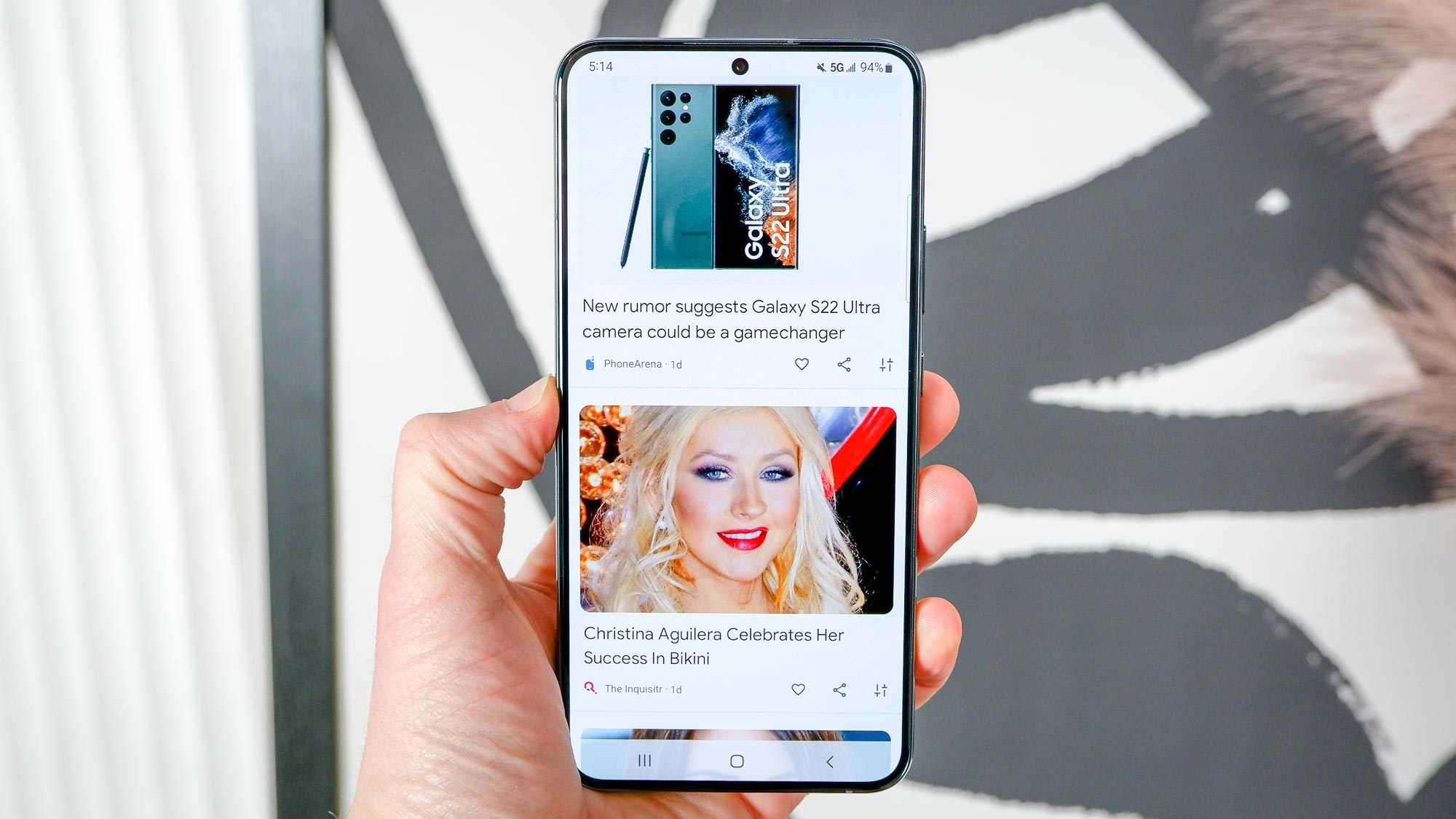
But the biggest change to the Galaxy S22's display has to do with its brightness. Samsung is promising a peak brightness of 1,300 nits. While not as bright as the 1,750-nit maximum featured in both the Galaxy S22 Plus and Galaxy S22 Ultra, the standard S22 should be a lot brighter than the competition. The iPhone 13, for example, topped out at 795 nits in our lab tests.
Along with the brighter screen, Samsung is adding Vision Booster technology to the Galaxy S22 lineup. That allows the phone to adjust brightness on the fly based on ambient lighting; at the same time, it enhances color contrast so the increasing brightness doesn't wash out colors on the screen.
Better materials than the Galaxy S21
Pour out one for "glasstic," the fancy polycarbonate Samsung used for the Galaxy S21 instead of glass as a way of keeping costs down on that phone. For the Galaxy S22, Samsung is going back to using a glass back. It simply makes the new phone feel like a more premium device, not that there was anything wrong with the S21.
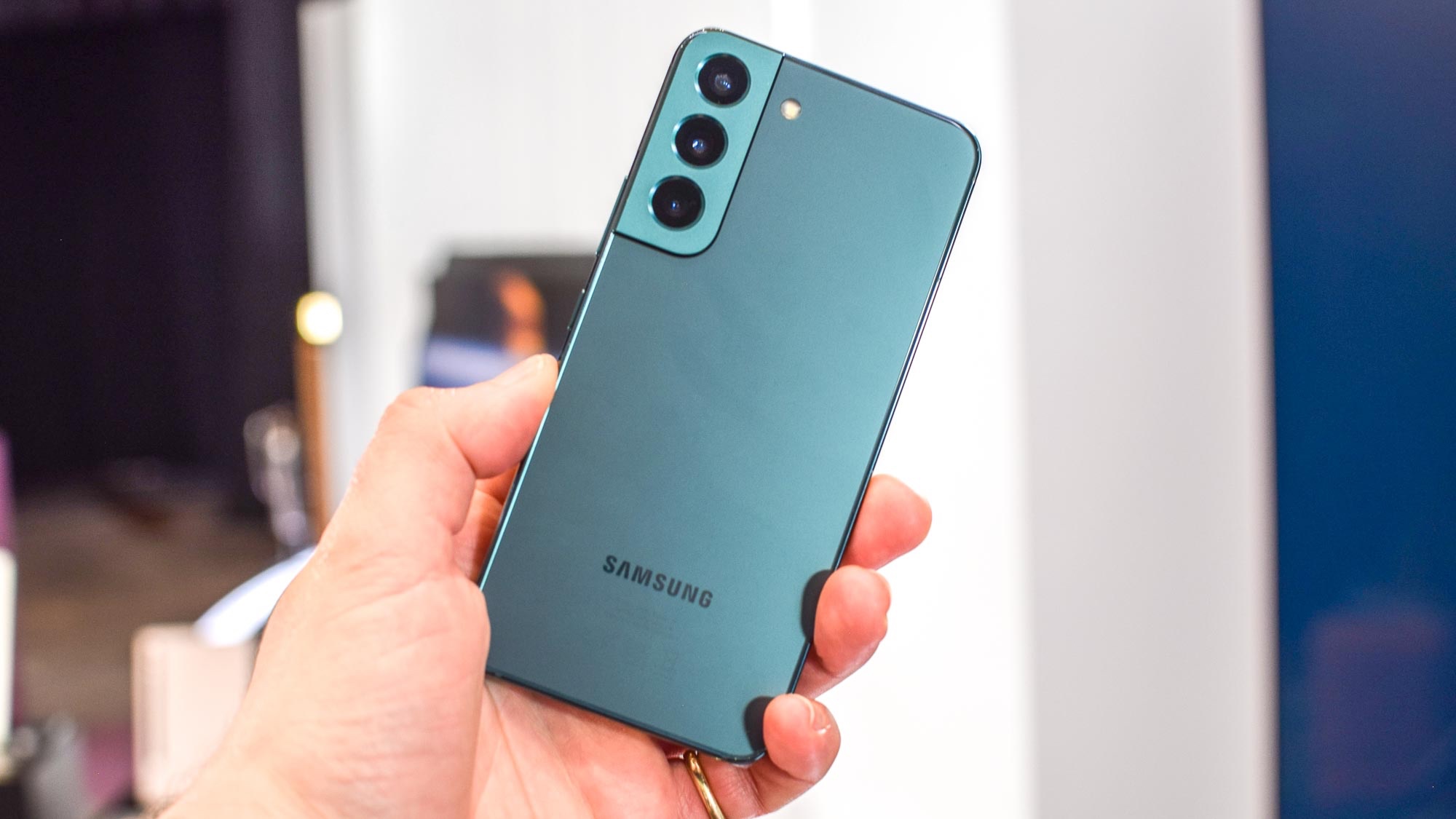
And it's not just any glass Samsung is turning to — the Galaxy S22 features Gorilla Glass Victus on its font and back. That adds an extra level of protection against the occasional drop, though we'll need to wait for drop-test results to learn just how durable the Galaxy S22 is.
Extended software updates for the Galaxy S22
Staring with the Galaxy S22 lineup, Samsung says it will commit to four years of Android software updates and five years of security updates. That's an increase of a year on both fronts.
This move addresses a long-standing gap between the iPhone and Android devices — Apple simply offers longer support for its phones. Samsung is just one phone maker out of many in the Android world (though it is the largest), but this is a significant step. In fact, the extended software support feels like the Galaxy S22 feature that will have the longest-lasting impact, as it will allow you to hold on to your phone longer if that's how you roll.
No price hike for the Galaxy S22
In the buildup to Samsung's Galaxy Unpacked event, rumors were swirling that Samsung was going to boost prices on the Galaxy S22, adjusting them upward from the Galaxy S21's starting price of $799. You can understand the reason for that rumor — component costs have risen, and smartphone prices usually tend to creep in one direction.
This is one rumor we're happy to see not pan out. The Galaxy S22 debuts at $799, the same price as the Galaxy S21 and (not coincidentally) the iPhone 13. Yes, the Pixel 6 can be had for less — $200 less to be specific — but that gap would have been even wider had the Galaxy S22 price ticked upward.
Samsung Galaxy S22: Reasons to skip
Not a big performance boost
The Snapdragon 8 Gen 1 powering U.S. versions of the Galaxy S22 seems to bring a lot to the table, particularly when it comes to the chipsets new AI engine. But big performance gains don't appear to be among the benefits — that was clear in early Snapdragon 8 Gen 1 benchmarks, and it's panning out as we test the Galaxy S22.
On the one hand, that's not really a big deal. The Snapdragon 8 Gen 1 certainly offers enough power to handle demanding apps and multitasking, and you won't notice a performance lag when you're using the phone — far from it, really. But at the same time, Apple's current A15 processor is simply faster. And when the A16 chipset inevitably shows up in this fall's iPhone 14 release, the gap should widen further.
The Galaxy S22's battery shrunk
The Galaxy S21 came with a 4,000 mAh battery, but because the Galaxy S22 is slightly smaller than its predecessor, Samsung is opting for a smaller power pack. This year's flagship uses a 3,700 mAh power pack — not a big step down, but a concerning one, given that the Galaxy S21 wasn't exactly a long-lasting phone.
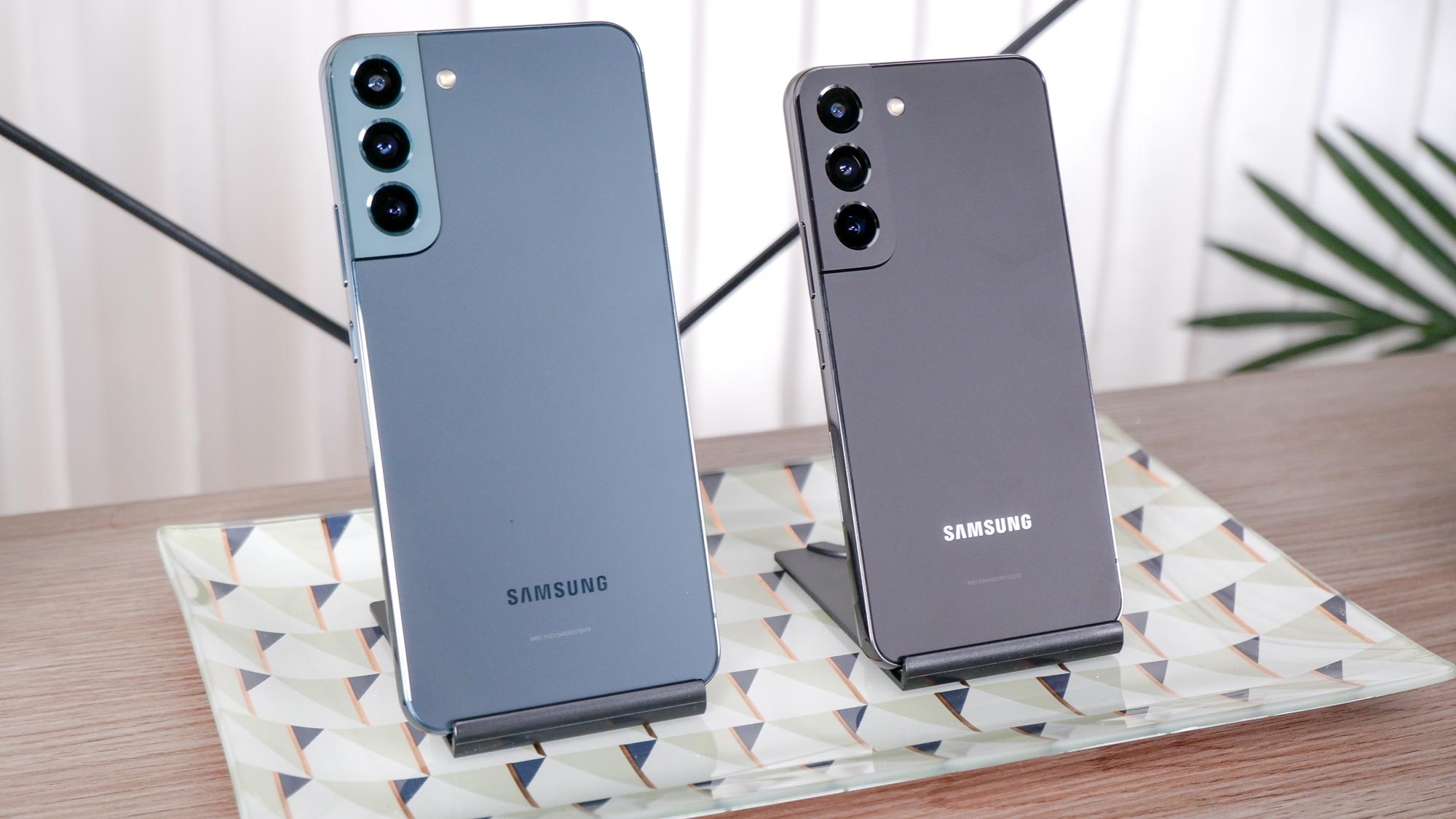
Specifically, the Galaxy S21 lasted a little less than 10 hours on our battery test in which we have phones surf the web until they run out of power. That's about average for a smartphone, but we only got that time when we turned off the S21's adaptive display feature. With a fast refresh rate turned on, the battery test result plummeted by more than 3 hours.
We're not sure that shrinking the Galaxy S22's battery is a recipe for boosting battery life, but Samsung must be banking that the improved adaptive refresh rate will draw less power and that the new chipset will be more power efficient. We're hoping that Samsung is right.
The Galaxy S22 still charges at 25W
Much has been made of the fact that both the Galaxy S22 Ultra and Galaxy S22 Plus support 45W wired charging, which can get a drained phone to a 50% charge in 20 minutes. Sadly, Samsung left that feature off of the Galaxy S22, which continues to charge at 25W like its predecessor.
That's a respectable enough speed — it's faster than the iPhone's 20W charging speed. But Galaxy S22 shoppers should know ahead of time that by opting for this model, they're giving up the faster charging supported by the more expensive versions of the Galaxy S22.
Sign up to get the BEST of Tom's Guide direct to your inbox.
Get instant access to breaking news, the hottest reviews, great deals and helpful tips.
Philip Michaels is a Managing Editor at Tom's Guide. He's been covering personal technology since 1999 and was in the building when Steve Jobs showed off the iPhone for the first time. He's been evaluating smartphones since that first iPhone debuted in 2007, and he's been following phone carriers and smartphone plans since 2015. He has strong opinions about Apple, the Oakland Athletics, old movies and proper butchery techniques. Follow him at @PhilipMichaels.

